Indigenous Leader Bridges Environmental Divides in ‘Spectacular’ Canadian Wilderness
In the Northwest Territories, Stephen Kakfwi pursues solutions that respect the Earth and its original stewards
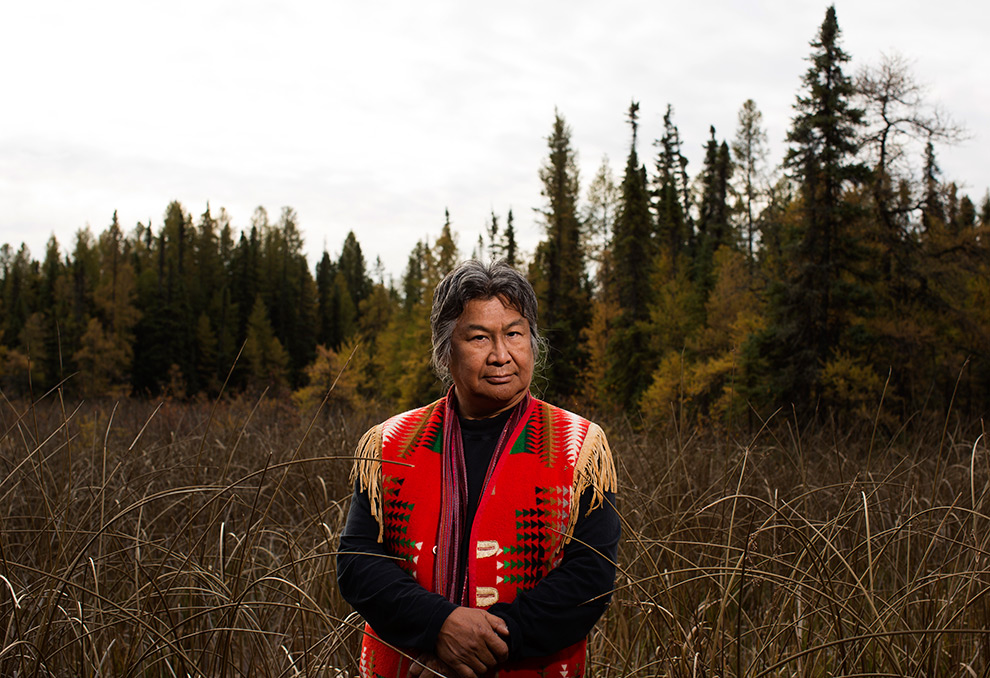
YELLOWKNIFE, Northwest Territories—Stephen Kakfwi was born to the land, in a wilderness region so grand in scale that the adjective most frequently used to describe it, spectacular, can seem insufficient.
Consider just a few of the natural wonders within Canada’s rugged Northwest Territories: the deepest lake in North America, the continent’s second-longest river, the largest unpolluted lake on the planet, a jagged-edge mountain range with 9,000-foot peaks and 3,000-foot-deep river canyons, a hidden waterfall twice the height of Niagara, a boreal forest three times the size of Britain.
“There is incredible land everywhere you go,” says Kakfwi.
A former territorial premier, past president of the Dene Nation, and lifelong Indigenous rights activist, Kakfwi has spent decades working to balance protection of the mostly pristine areas of this landscape with sustainable economic development for First Nations communities.
Ask Kakfwi what he holds special and he says it’s not just iconic sites such as Great Bear Lake or Nahanni National Park Reserve, a World Heritage site in the Mackenzie Mountains. It’s the intimate places that live in his memory, places infused with personal importance.
“What is closest to me is the land where I was born,” Kakfwi says. “Everywhere I look, there are stories. There are spiritual, sacred sites. And those are beautiful to me—in my heart and my mind, not just visually.”
Kakfwi was born in 1950 on the northern edge of the Territories’ vast boreal forest region near the Arctic Circle, at a hunting camp on the shores of Lake Yelta. He spent his early childhood in tiny Fort Good Hope, a Dene village along the 1,080-mile-long, north-flowing Mackenzie River, known in the Slavey language as the Deh Cho.
“There was literally nothing there. There was a little grocery store, a church, and that was it,” he says.
“For the first five years of my life, I lived off of moose and caribou, rabbits, ducks, and the berries that we find in the woods, in the bush. … We depended 100 percent on the bounties of the land, on the wildlife, the birds, the fish.”
Under a government assimilation policy, Kakfwi was removed from his home at the age of 9 and placed in Canada’s residential school system. “I was, like many others, sexually abused. I was physically beaten. I went through some horrible suffering,” Kakfwi says. When he returned to Fort Good Hope, he relearned the Slavey language and reconnected with a Dene culture that drew its sustenance and spiritual health from the land.
Dene leaders in his community taught him the traditional methods of hunting and trapping. He learned how to skin a moose in the frigid cold of deep winter, and the importance of using every part of the animal for food and clothing. Kakfwi says the land became his place of solace and recovery.
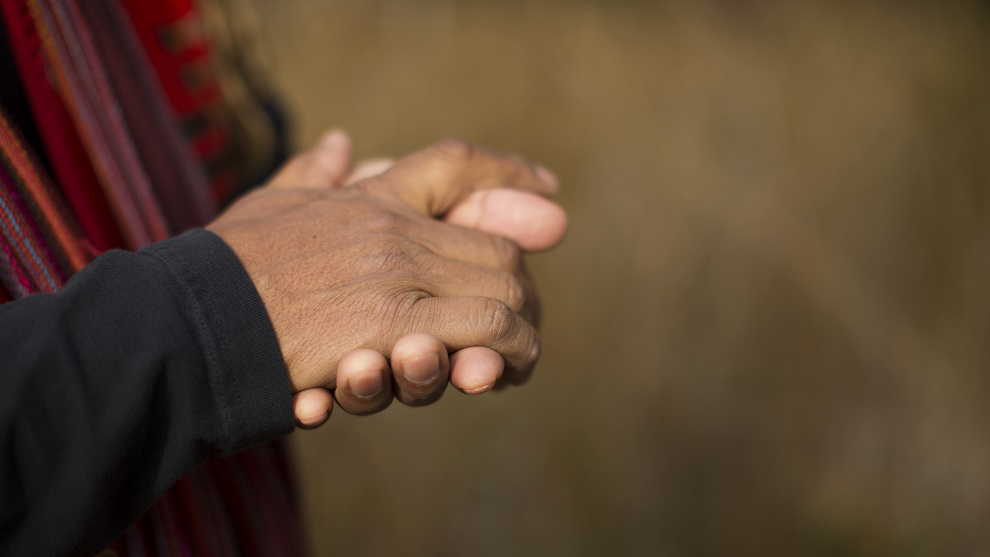
“On days when I was heartbroken and lonely, and feeling sad and sorry for myself, I used to go to this hill. And on the hill, there was a stand of birch trees. Not very big birch trees, just small, little birch trees. I used to go there and lay underneath those trees, looking up at” the sky, Kakfwi says.
“There’s a way to get comfort from the earth and from the land, just by laying on it, by connecting.”
Kakfwi’s connection to the land has shaped a career spent fighting for recognition of the rights of Indigenous people, including the right to make decisions about development and conservation on traditional territories where they have lived for thousands of years.
As a young man who came of age when the civil rights movement was at its height in the United States, Kakfwi thought protest could secure greater rights for his people and protection for the land from unchecked development. Over time, and following the guidance of Dene elders, Kakfwi came to understand that change could come through collaboration with governments and industry.
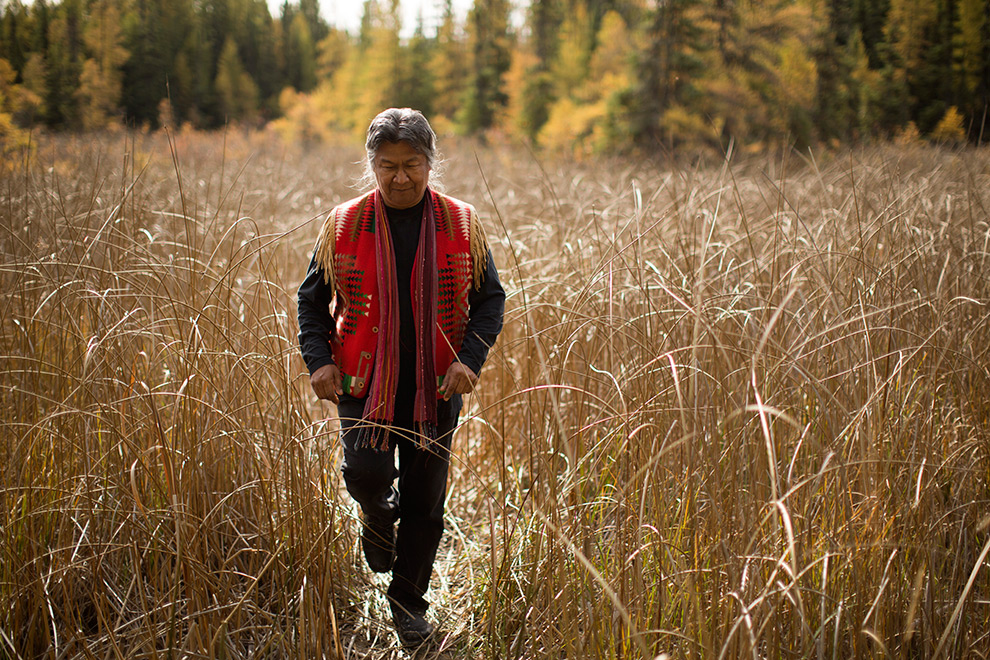
Kakfwi was elected in 1983 to lead the Dene Nation, an organization representing five Dene tribal groups, and worked to build a framework for Indigenous land claims. The Dene Nation’s traditional territories are known as Denedeh—Land of the People.
Kakfwi became a member of the territorial legislature in 1987 and held several cabinet portfolios, including minister of resources, wildlife, and economic development. He was premier from 2000 to 2003.
“I worked in the legislature for 16 years because the job was so meaningful to me. I never took a holiday,” he says.
Working for change from within governments has paid dividends, Kakfwi says.
"The Dene Nation represents five Indigenous tribal groups in the Northwest Territories: Gwich'In, Deh Cho, Sahtu, Tlicho, and Akaitcho.
It has taken decades, but there is a growing understanding of the value that First Nations bring to land use planning in the boreal region, and the historical knowledge they have about striking a balance between industrial activities and protection of the Earth, he says.
As Indigenous people, “we believe inherently that we are part of the Earth. We’re not separate. We don’t have dominion over it,” Kakfwi says.
“Keeping our culture alive is all about being part of the land, being part of the wildlife, the fish, and the birds.”
Just as Indigenous people, like all people, have rights that must be respected, those who seek to extract the region’s resources should acknowledge that the Earth also has rights, he says.
“The Earth is a living being. It’s a living creature. And you have to respect the Earth,” he says.
“Elders say the Earth loves us … because it’s been taking care of us for thousands and thousands and thousands of years,” he adds. “It takes care of us, no matter how much we misbehave.”
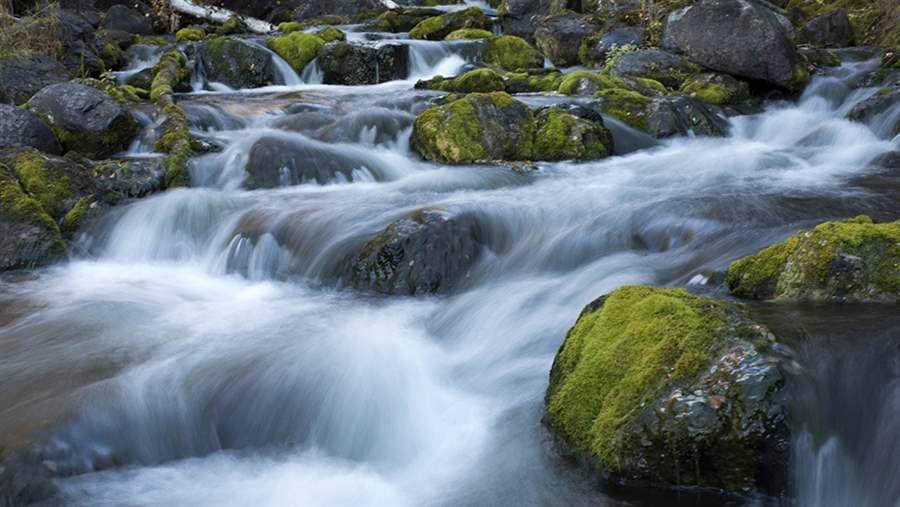
Everywhere I look, there are stories. There are spiritual, sacred sites. And those are beautiful to me—in my heart and my mind, not just visually.Stephen Kakfwi
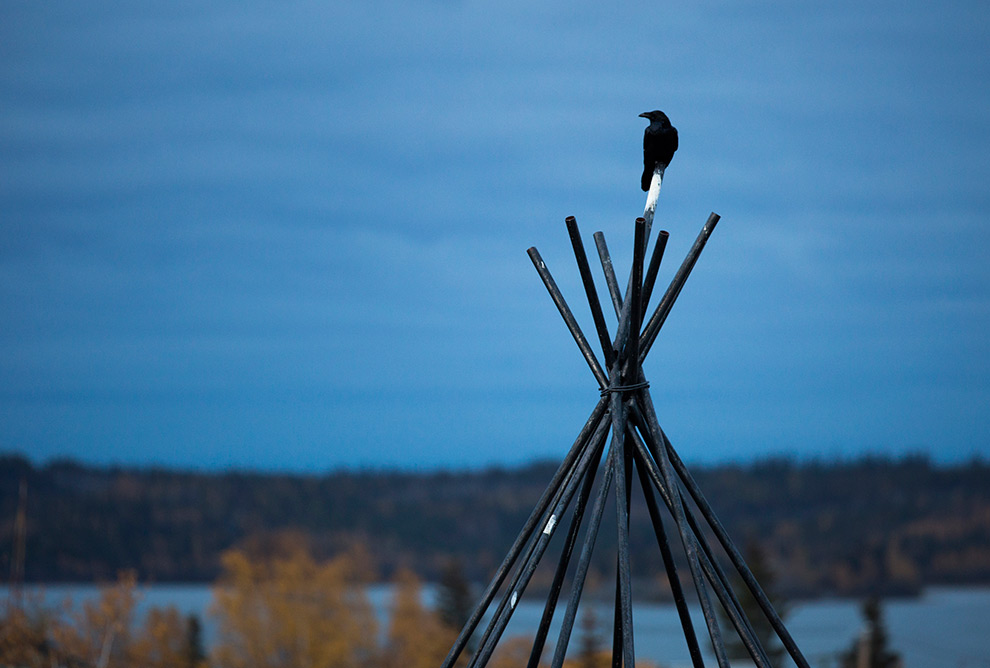
But people have not always taken care of the Earth in return. The boreal forest region in the Northwest Territories is a place rich with natural resources, including diamonds, gold, rare earth, silver, uranium, and oil and gas reserves. The capital city, Yellowknife, markets itself as the Diamond Capital of North America.
Natural resources fuel the northern economy, but Kakfwi says development has proceeded without full and proper consideration of its impact on the land or on the well-being of its original inhabitants.
“Our history is marked with people that have come, opened up mines, and then left behind a land that has been devastated. Water has been polluted. And for what? Just for very specific interests,” Kakfwi says.
“We have to get to the day when every one of us—every government in this country, every government in the world—will respect the rights of the Earth. To keep the water clean, to protect the wildlife, to protect the land, and make sure things are done in balance, and all things are sustainable.”
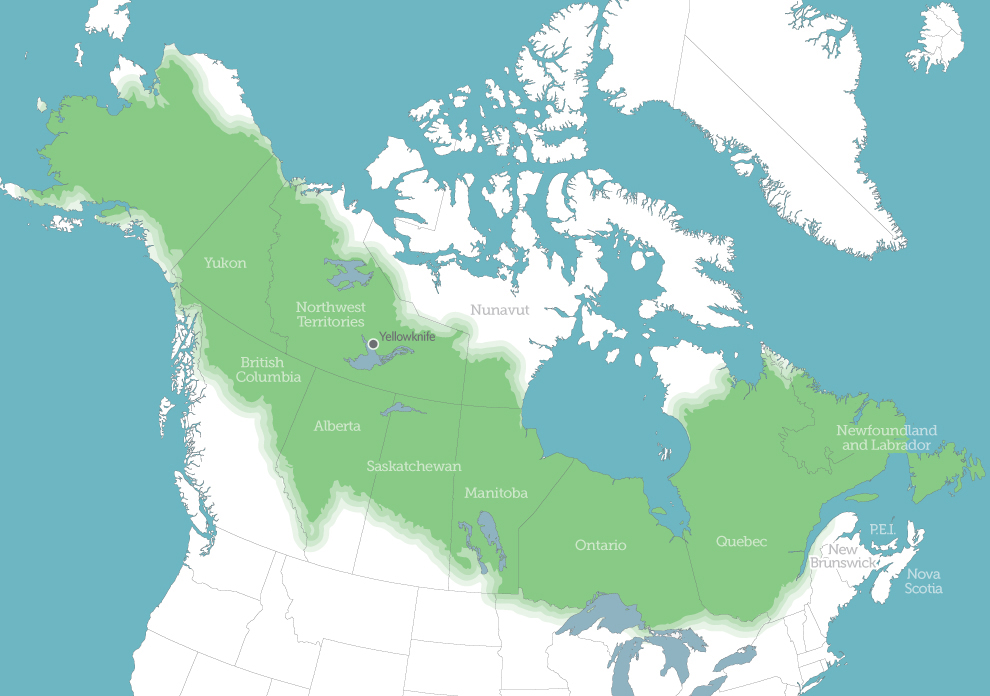
Canada's boreal forest
Yellowknife is the capital of Canada’s Northwest Territories, which has 235 million acres of boreal forest.
Those beliefs formed the underpinning of Kakfwi’s work in the territorial legislature and during his professional life since leaving public office.
Kakfwi played central roles in developing and implementing a protected areas strategy for the Northwest Territories. He helped settle long-standing land claims by several Indigenous communities, including his own tribal group, the Sahtu Dene, and backed First Nations-led land protection measures that include Indigenous co-management of conservation areas.
Kakfwi was a strong supporter of a transfer of powers, called devolution, which in 2014 resulted in the government of the Northwest Territories assuming control over land use and resources from Canada’s federal government. The role of Indigenous governments is formally recognized within the process, laying a foundation for more locally accountable and responsible decision-making on lands and resources.
Governments are learning to “accept that we have to do business with the First Nations people … because they have rights,” he says.
In addition to his political and conservation leadership, Kakfwi is a musician whose recordings include a CD of traditional Dene songs.
Kakfwi stresses that traditional Indigenous knowledge, which is sensitive to the needs of people and the environment, is essential. No one knows the land better than those who have lived on it for millenniums, he says.
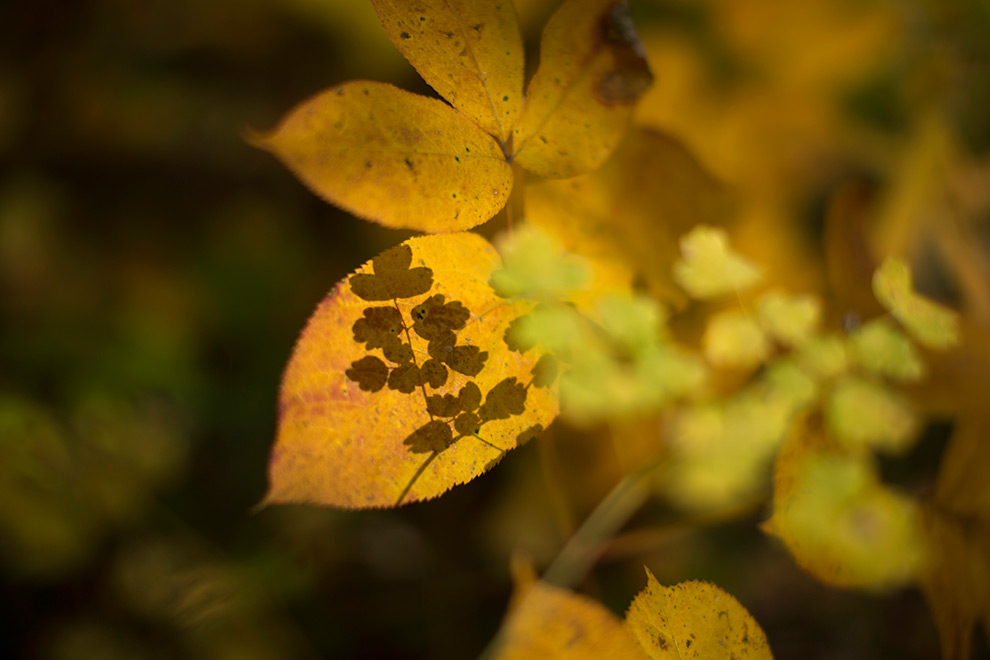
“The Dene have always had a plan for our land. Every year, for thousands of years, we have decided who’s going to go to the fish lakes, which families are going to go to the mountains, which ones are going to go on the river, which ones are going to go to the [river] delta areas. We decide that amongst ourselves,” he says.
“Where are the places where the moose are plentiful? Where is the best fish? Which areas should we leave [alone] for a few years until they become plentiful again? That’s land use planning, and that’s what we’ve done.”
Good land use planning is about striking a balance, he adds, and about recognizing that the land is worth something more than just the minerals or resources that lie within it.
“When you come into my country, I expect you to live as a good citizen, to respect the rights of everybody else, to take care of the land and the water and the wildlife, and leave it the way you find it,” he says.
“I’ve always carried that with me. And I think all our people carry that with us. And it’s no different from a person that lives in a city that has a yard. Nobody is going to go into that yard and contaminate it. I mean, it’s just totally unacceptable. So why should we be any different from that?”
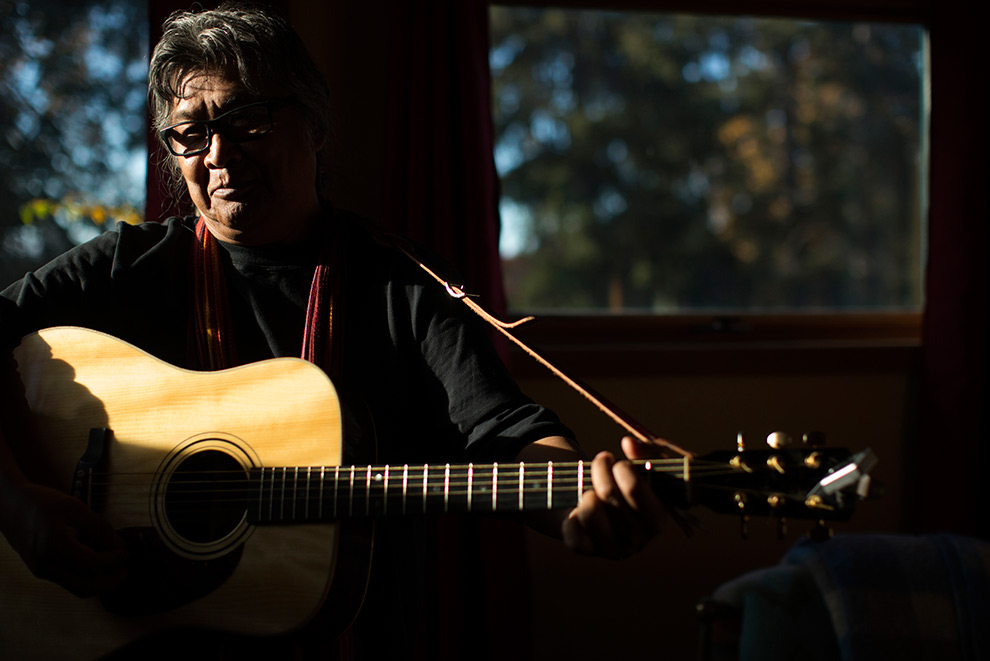
When you come into my country, I expect you to live as a good citizen, to respect the rights of everybody else, to take care of the land and the water and the wildlife, and leave it the way you find it.Stephen Kakfwi
As global demand for natural resources increases, Kakfwi worries that neglect of the environment’s health could push the Earth out of balance. Dene prophecies have foreseen a future, he says, where the great Deh Cho River becomes just a little creek on its way to the Arctic Ocean.
“The Earth maintains the balance. The air is good to us. The wildlife is good to us. The water’s bountiful. The temperatures and the climate are all made in order to sustain humans,” Kakfwi says, but it “can only handle so much.”
Within a few hundred years of the Industrial Revolution, “we are literally pushing the Earth to a point where it cannot rebound and take care of itself anymore. We have caused it perhaps irreparable damage,” he says.
“The weather is changing. And our people have known that for many, many years. They see the changes. The permafrost is melting. The grounds are shifting. The Arctic ice is starting to melt. The people can read the signs. It’s caused us concern for many years, because we know, inherently, you have to keep a balance.”
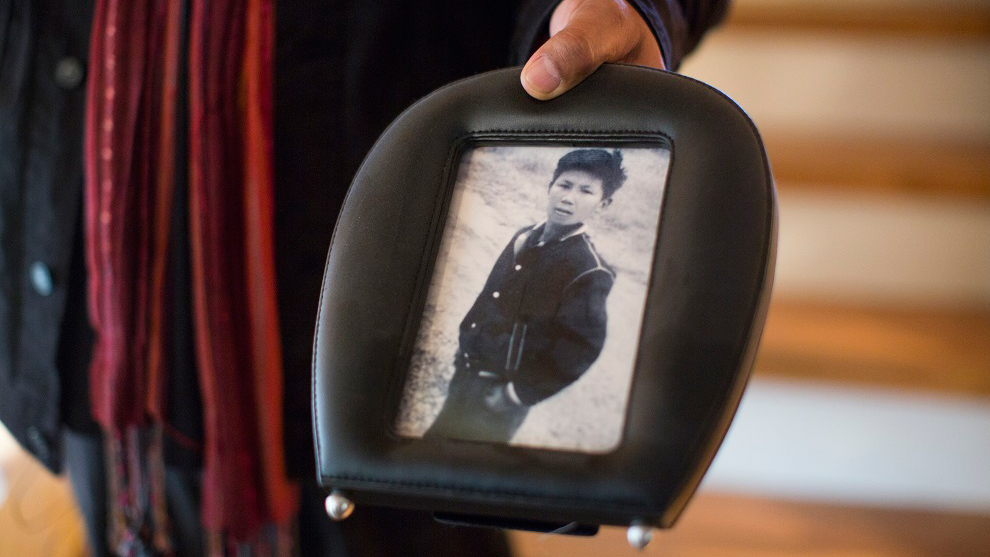
Still, Kakfwi is an optimist. In recent years, the Northwest Territories has protected millions of acres of the boreal that have ecological and cultural significance to indigenous people. These include the Horn Plateau National Wildlife Area (Edéhzhíe), Ramparts River National Wildlife Area (Ts’ude niline Tu’eyeta), and the proposed Thaidene Nene National Park Reserve. Nahanni National Park Reserve, created in 1972, was recently expanded and is now six times its original size.
Kakfwi believes that ongoing collaboration among governments, First Nations people, and industry in the boreal region is creating a path to economic prosperity without compromising the health of the environment.
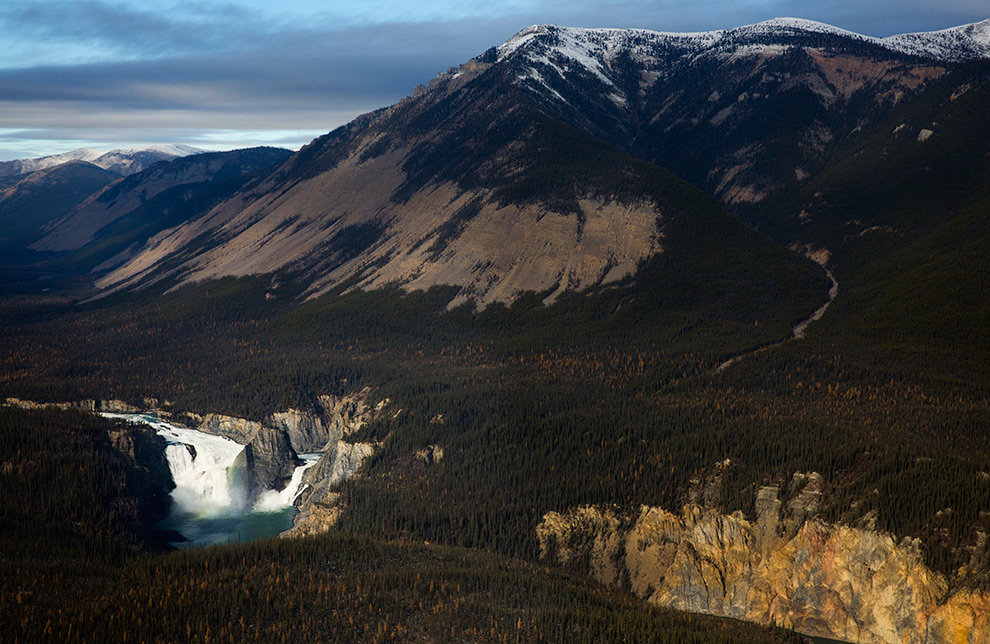
“We have more and more people now that come to the North, make it their home, want to keep the land and water [healthy], but also have some responsible, sustainable development occur,” he says.
Indigenous people “have slowly won the battle, where now we are—by law and by policy and practice—now in the room when mines are being planned, oil and gas projects are being developed. We have a say. We are consulted. Our consent has to be often sought. … Now, in the Northwest Territories, they talk to us.”
Kakfwi has never forgotten what he learned as a boy, when he sought out a small stand of birch for healing. The way to connect with the land, to learn to respect and use it sustainably, is to pay attention to the details, the small things and quiet places that make up the greater whole.
Whenever Kakfwi travels, he likes to take a walk to get oriented and to understand the new environment he is in. He studies the trees, the landscape, the birds overhead, and even the ants.
“Anywhere you go, if you haven’t been there before, you will feel a little bit lost, because you cannot see past the next tree. And so we encourage people to go for walks, to pay attention,” he says.
“And once you have that, your comfort zone is very, very different. You establish a relationship with yourself, with everything around you. And then you become a part of it.”
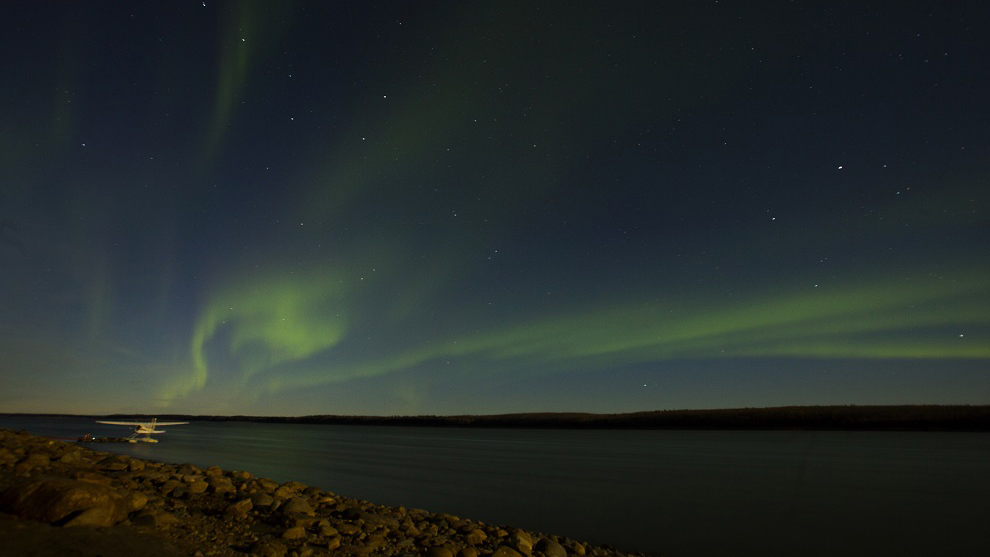
Photos by The Pew Charitable Trusts.
Fast Facts
-
235 million acres The boreal forest region in the Northwest Territories covers 235 million acres, three times the size of Britain. About 88 percent is intact.
-
2,014 feet deep Great Slave Lake is the deepest lake in North America; its greatest depth is 2,014 feet.
-
8th largest Great Bear Lake is the largest unpolluted freshwater lake in the world, and the eighth largest in area.
-
200 species The boreal forest in the Northwest Territories is the breeding ground for 150 million to 500 million birds, representing more than 200 species.
-
2nd longest The Mackenzie River is the second longest in North America, behind the Mississippi River. It flows from south to north, into the Arctic Ocean.
-
2x Virginia Falls, in Nahanni National Park Reserve, is twice the height of Niagara Falls.
-
1st Nahanni National Park Reserve, in the Mackenzie Mountains, was the first site designated by UNESCO as a World Heritage site.








